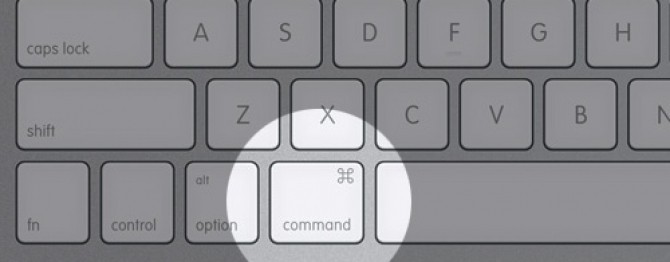
The Mac's Command Key: More Than Just a Quirky Symbol 🍏⌘
Introduction
Hey, corporate professionals! If you've ever used a Mac, you've probably noticed that extra key with a weird symbol on it—the Command key. Ever wondered what it's all about? Let's dive into the history and functionality of this iconic key. 🍏⌘
The Origin Story: Control vs Command 🎛️⌘
The Control key dates back to the age of teletype machines and mainframes. It was designed to activate special functions when pressed in combination with another key. Apple, always striving for perfection, wanted to offer more than just the Control key functionalities, which were mostly useful for old-school text-based terminals.
The Apple Keys: Open and Closed 🍏🍎
In the early 1980s, Apple introduced two special keys: the Open Apple and Closed Apple keys. These keys allowed users to execute shortcuts like selecting everything in a window (Open Apple + A), which was different from moving the cursor to the beginning of the line (Control + A).
The Birth of the Command Key ⌘🎉
Steve Jobs felt that the Apple logo was being overused and cheapened by its omnipresence on products and OS menus. To address this, Apple introduced a new symbol to replace the Open Apple key, and thus, the modern Command key was born.
The Symbol's Nordic Connection 🌍🛣️
The Command key symbol was found by an Apple artist in a reference book. It's a symbol used in Nordic countries on road signs to indicate tourist attractions and cultural places of interest. The development team found it appealing, and it has been a staple on Apple keyboards ever since.
The Command Key Today ⌘🖥️
The Command key serves as the main modifier key on Macs, similar to the Control key on Windows machines. It's used for a variety of shortcuts and commands that make navigating the Mac OS more efficient.
The Control and Option Keys: Still Relevant ⌃⌥
Macs have retained the Control key to enable more keyboard shortcuts and to preserve terminal functions, often used by programmers. The Closed Apple key evolved into what is now labeled as the Option key on modern Macs.
Conclusion: A Key to Efficiency ⌘👍
The Command key is more than just a quirky symbol; it's a key that enhances the user experience on Macs. Its history and functionality make it a fascinating part of Apple's commitment to user-friendly design.